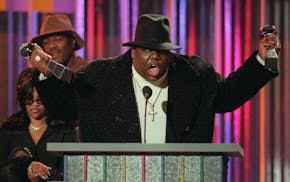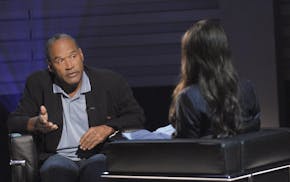"Neutrals have really dominated," said Nancy Lockhart, a color expert with Dupont, one of the world's largest manufacturers of auto paint. This was obviously an understatement given all the whites, blacks and grays on the roads.
Why do most drivers insist on rolling in such dull wheels? Lockhart theorized that consumers became more conservative with car colors "after the economy took a spill," in part because they wanted to be careful about resale values. "White, black, silver and gray have taken over the lead," she said.
According to PPG Industries, another top manufacturer of auto paint, white recently surpassed silver as the top-selling car color. White cars now comprise 22 percent of the global market. Silver and black are close behind with 20 and 19 percent, respectively. Gray is trailing slightly at 12 percent.
So where can an adventurous driver get that elusive splash of color? For that matter, where can a safe, boring driver get a car she can actually spot in the parking lot?
Consider green. The most popular hue of the late 90s, green is fashionable again — sort of. "Green is one of the most talked about color spaces in the trend reports right now," said Lockhart. "But it's low in popularity." Indeed, green comprises just 2 percent of international auto sales. Of course, the 90s were ruled by an inoffensive hunter green, whereas today's hottest hues are wild, almost radioactive takes on emerald and lime (see the Hyundai Accent, the Ford Mustang and the Chevy Spark).
When it comes to cars with color, blue is the dependable standby, comprising a respectable 7 percent of the global market. Just like black and white, "blue is also a core color," explained Jane Harrington-Durst, the resident color expert at PPG.
Bonus: Harrington-Durst noticed an exciting new blue emerging in the luxury car segment at the recent Detroit Auto Show. "I call it more of a French Blue," she said. Look for this ultramarine, almost lapis-like look from Bentley, Maserati and Jaguar.
"There are some oranges in the marketplace that I think are really interesting," added Harrington-Durst. "Toyota has an orange called Hot Lava." Similar looks include Volvo's Orange Flame Metallic and Honda's Sunburst Orange Pearl.
But most of today's oranges aren't so bright and citrus-like. In fact, the latest oranges look rather brownish in tone. "I saw a predominance of copper-type oranges" at the Detroit Auto Show, said Harrington-Durst. Look for shades like these from Fiat, Volvo and Mini.
Speaking of brown: Remember all those brown station wagons from the 1970s? This chocolate-y neutral comprises just 6 percent of the market, but it's primed for a comeback. "Be on the lookout for some of the unique browns in the marketplace," said Harrington-Durst. Mercedes has a new option called Cuprite Brown Metallic. Kia has something called Metal Bronze.
And according to Lockhart, the Dupont expert, the industry's most exciting new colors come from another neutral. "There's a lot of things you can do with gray," she said, in all seriousness. Thanks to innovations with tint coats and metallic flakes, automakers can give a hint of sparkle or color to this usually washed-out hue.
Plus, gray is so influential it's bleeding elsewhere on the color wheel. "[We're starting to see] green enter the gray space," continued Lockhart. Toyota, Tesla and Audi have gray-greens like these. And the latest blues? They, too, "are almost grayish," said Lockhart. Case in point: Infiniti's Blue Slate, Chrysler's Crystal Blue Pearl and Volkswagen's Blue Graphite Metallic.
Christy DeSmith • 612-673-1754

ABBA, Blondie, and the Notorious B.I.G. enter the National Recording Registry
West Virginia transgender sports ban discriminates against teen athlete, appeals court says
Dr. Martens shares plunge to record low after weak US revenue outlook
Visa fees for international artists to tour in the US shot up 250% in April. It could be devastating

